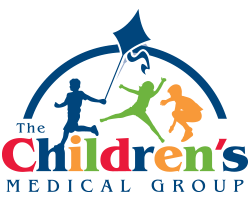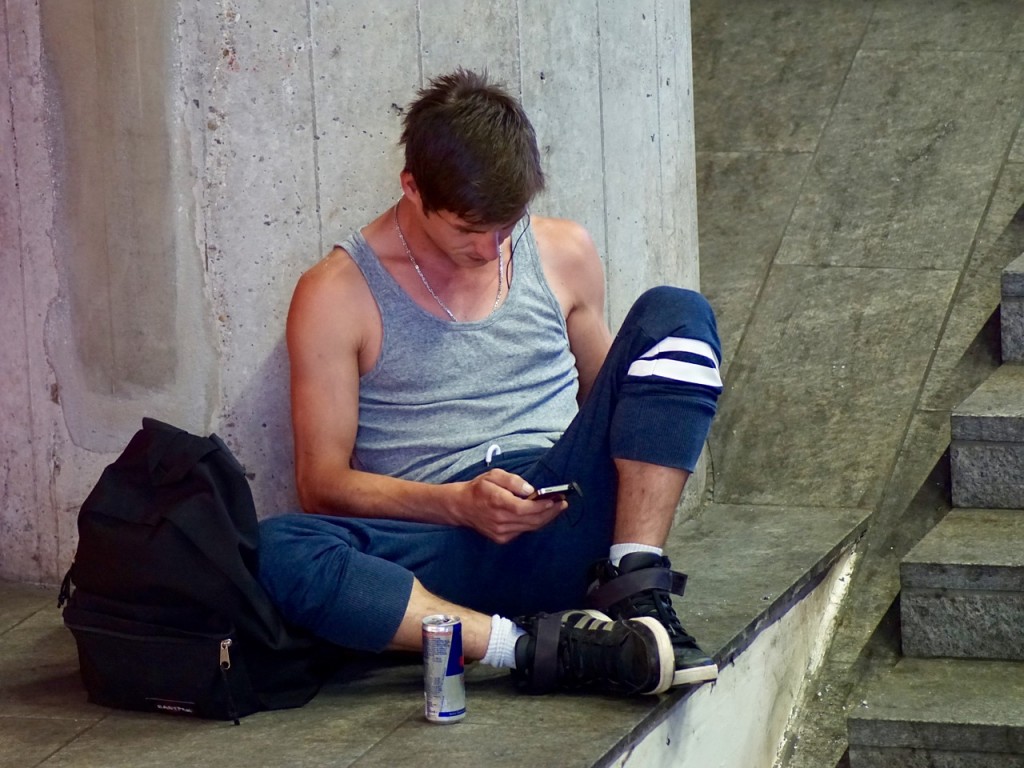Energy drinks and sport drinks are heavily marketed to both children and adolescents. In many cases kids and adolescents don’t need these drinks. As important, some of them contain substances that could be harmful to children.
In a 2011 clinical report, the American Academy of Pediatrics (AAP) discusses the ingredients in these products and how these products are being misused; and they provide guidance to decrease – or even eliminate – consumption by both children and adolescents. The report, “Sports Drinks and Energy Drinks for Children and Adolescents: Are They Appropriate?” was published in the June 2011 issue of Pediatrics.
“There is a lot of confusion about sports drinks and energy drinks, and adolescents are often unaware of the differences in these products,” said Marcie Beth Schneider, MD, FAAP, a member of the AAP Committee on Nutrition and co-author of the report. “Some kids are drinking energy drinks – containing large amounts of caffeine – when their goal is simply to rehydrate after exercise. This means they are ingesting large amounts of caffeine and other stimulants, which can be dangerous.”
To assess the effect of a variety of beverages on middle schoolers, Yale School of Public Health researchers surveyed 1,649 students in 5th, 7th, and 8th grade about their beverage consumption. They then assessed their levels of inattention and hyperactivity.
“Despite considering numerous types of beverages in our analyses (e.g., fruit drinks, soda, etc.), only energy drinks were associated with greater risk of hyperactivity/inattention,” the authors write in the study published in the journal Academic Pediatrics.
Unlike juice and soda, energy drinks often contain ingredients like taurine and guarana. The researchers say it could be the effect of these ingredients mixed with caffeine that causes problems.
“Our results support the American Academy of Pediatrics recommendation that parents should limit consumption of sweetened beverages and that children should not consume any energy drinks,” study author Jeannette Ickovics, director of CARE (Community Alliance for Research and Engagement) at the Yale School of Public Health said in a statement.
AAP recommendations include:
- Energy drinks pose potential health risks because of the stimulants they contain, and should never be consumed by children or adolescents.
- Pediatricians should highlight the difference between sports drinks and energy drinks with patients and their parents, and talk about the potential health risks.
- Water, not sports drinks, should be the principal source of hydration for children and adolescents.
- Sports drinks have a limited function for pediatric athletes; they should be ingested when there is a need for rapid replenishment of carbohydrates and/or electrolytes in combination with water during prolonged, vigorous physical activity.
- Routine ingestion of carbohydrate-containing sports drinks by children and adolescents should be avoided or restricted, because they can increase the risk of becoming overweight or obese, as well as dental erosion.


